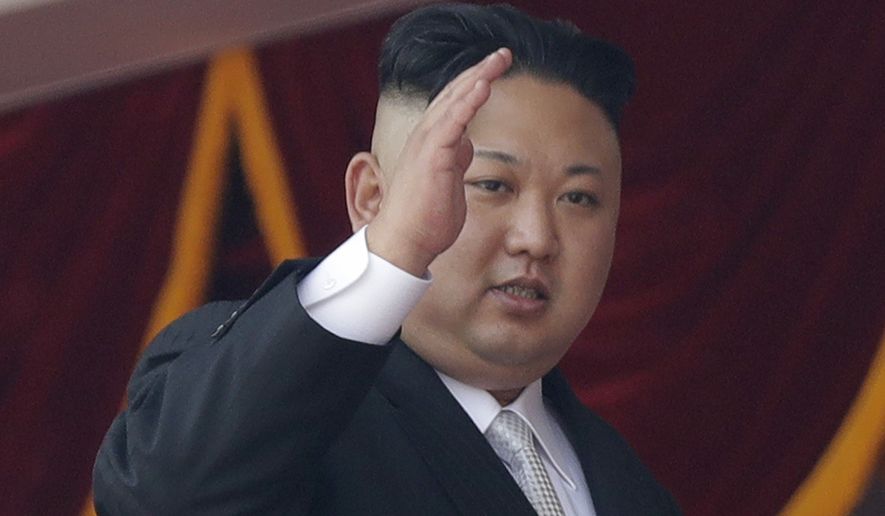A North Korean short-range missile was fired into Japanese airspace during a weapons test early Tuesday morning, representing the latest shot across the bow by Pyongyang against Washington and its allies in the Pacific.
The missile shot that penetrated Japanese airspace was reportedly one of three fired from the peninsula, according to officials in Tokyo and Seoul. While one of the missiles flew over the northern Japanese island of Hokkaido, it remains unclear whether the other test shots targeted the same area.
The Pentagon confirmed Monday night U.S. time that officials from the North American Aerospace Defense Command detected a single missile shot fired from inside North Korea.
That test shot, defense officials noted, did pass through Japanese airspace before crash-landing into the Pacific Ocean. Japanese military forces stationed in and around Hokkaido were placed on high alert, in conjunction with U.S. missile defense systems based at Yokota air base.
Command officials “determined the missile launch from North Korea did not pose a threat to North America,” but that they were coordinating closely with their counterparts at U.S. Pacific and Strategic Commands to assess any possible threat to American allies in the region.
“We’ll take utmost efforts to protect the public,” Japanese Prime Minister Shinzo Abe said in a statement shortly after the test shots crash landed.
“This reckless act of launching a missile that flies over our country is an unprecedented, serious and important threat,” he said.
The last missile launch to violate Japanese airspace took place in 2009.
The missile launch is only the latest instance of North Korea’s continued use of using its nuclear and missile programs for saber rattling, this one during the massive “Ulchi Freedom Guardian” military drills between American and South Korean forces, scheduled for Aug. 21-31.
The exercise is one of the largest joint military drills carried out on the peninsula, involving a number of the 28,000 U.S. troops based near the demilitarized zone separating North and South Korea, as well as their counterparts in the South Korean military.
The U.S. and South Korea pressed ahead with the military drills despite both claims by the North that the exercises are a dress rehearsal or cover for an invasion and more gentle suggestions by China that canceling or delaying them might serve as a good-faith gesture and prod the North into broader negotiations on its nuclear and missile programs.
Since command officials opted to go forward with the exercises, the North Korean regime has unveiled images of what are purportedly prototype designs for two new missile systems and threatened new rounds of nuclear weapons tests.
Earlier this month, tensions between the North and the U.S. reached a fever pitch after President Trump’s bellicose threats to rain “fire and fury” on Pyongyang, should it threaten American interests in the region. In response, Pyongyang threatened to fire long-range missiles at U.S military installations on the island of Guam.
Earlier Monday, officials at the United Nations released a letter from North Korea’s U.N. ambassador asking that the Security Council schedule an urgent discussion about the military exercises, which are adding “fuel to open fire.”
The U.S. is staging a “provocative and aggressive joint military exercise at this critical moment of the Korean peninsula, where the situation is just like a time bomb” that nobody is sure “when to blow up,” Ja Song Nam wrote in a letter Friday to the Egyptian delegation.
Egypt currently holds the rotating Security Council presidency and has the power to schedule debates.
• Carlo Muñoz can be reached at cmunoz@washingtontimes.com.




Please read our comment policy before commenting.